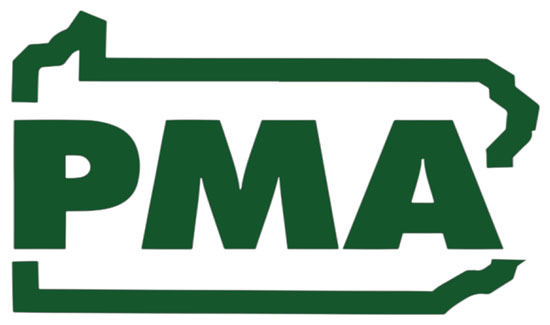Josh Shapiro’s Power Trip

As a candidate for governor, Josh Shapiro was indifferent, if not downright dismissive, of his predecessor’s extra-legal maneuvering to enact a carbon tax in Pennsylvania through membership in the Regional Greenhouse Gas Initiative (RGGI). But as governor, Shapiro not only appealed Commonwealth Court’s rejection last fall of Tom Wolf’s RGGI plan as an unauthorized tax, but he has also introduced his own Pennsylvania-specific version. As usual, with green energy proposals it comes with promises it can’t keep. In this case, the governor claims his proposal, under “PACER” and “PRESS,” will reduce energy bills for most consumers when it will achieve precisely the opposite.
“Governor Shapiro’s energy tax is completely at odds with everything else he says he wants to do on economic development,” PMA President & CEO David N. Taylor said. “[WV Gov.] Jim Justice and [OH Gov.] Mike DeWine should send Gov. Shapiro a bouquet of roses, or maybe a fruit basket, because the Shapiro energy tax is a clear sign to investors to go to their states, not ours.”
Shapiro’s PACE plan would slap a carbon tax on generation. PRESS would be a massive expansion of PA ratepayer paid subsidies for out-of-state wind and solar developers.
The Shapiro plan would overthrow Pennsylvania’s competitive market for electricity by forcing utility to buy 50% of their electricity from government-chosen energy sources by 2035. Today the requirement is 18%.
Presently, nearly 60% of the state’s electricity is generated from affordable, clean burning natural gas, in great abundance in Pennsylvania. Another third of Pennsylvania’s electricity is from nuclear plants, not included in the 50% renewables requirement. The rest comes from coal and renewables.
A coalition of labor, industry and consumers, the Power PA Jobs Alliance, notes that it’s “ironic” that Shapiro unveiled his plan in Scranton, “The Electric City” – responsible for nearly 70% of our power. The impact on capital investment and jobs in the whole of Northeast Pennsylvania would be devastating under his new tax.
The point wasn’t missed by Senate Republicans, who have majority control. The Shapiro tax is considered dead on arrival in the Senate.
“Our Commonwealth needs to be focused on unleashing our energy potential, not taxing it,” Senate President Kim Ward (R-Westmoreland) said in a statement. “Doing so would create thousands of good jobs and keep our power grid secure. Shapiro’s carbon tax proposal appears to be more aligned with states like California and Washington, who suffer from rolling blackouts and higher energy prices.
During his announcement, Shapiro promised that no one will pay more for electricity, and many will pay less. It’s a fantasy.
Calculations by the Jobs Alliance show that over five years PACER and PRESS, will cost ratepayers $2.66 billion under PACER and an additional $950 million under PRESS.
Besides the plan’s reliance of funny math, it’s unclear where the power will be coming from. Pennsylvania ratepayers would have to buy 8% of their power from wind and solar, but Pennsylvania only generates 1%.
“According to the PUC’s latest AEPS (Alternative Energy Portfolio Standards) Report,” the Jobs Alliance noted in a statement, “Pennsylvania ratepayers subsidized Tier I wind and solar resources by $191 million in 2021-22, and 81% of those subsidies, totaling $154 million in one year, went to out-of-state wind and solar developers.”
That same report concludes that the AEPS program costs Pennsylvania ratepayers $367 million in just one-year. Increasing the wind and solar mandate from 8 to 35 percent (as proposed by Governor Shapiro), will only serve to compound this problem as Tier I wind and solar subsidies increase from $191 million to $835 million, with nearly $700 million flowing out-of-state.
Another curious claim by the governor is that a carbon tax, through a cap-and-trade program, was endorsed by the RGGI Working Group, which completed its work in late September of last year. What the group’s report actually stated was that “there was not consensus on the preferred specific form of cap-and-invest (i.e., RGGI vs. PJM-wide).” The 17-member group further agreed that any energy policy must, “avoid any potential emissions leakage, higher localized pollution, increased energy costs, and job loss.”
Finally, Pennsylvania’s energy industry has become so vital to the rest of the nation that the impact of Shapiro’s plan will be felt far beyond the Commonwealth’s borders.
“Pennsylvania is the largest exporter of electricity, second largest producer of natural gas, and third largest producer of coal in America,” Taylor said. “We power the grid, and our production is essential to American energy leadership and national security. Governor Shapiro’s energy tax will stifle Pennsylvania’s energy production, which will weaken America.”







